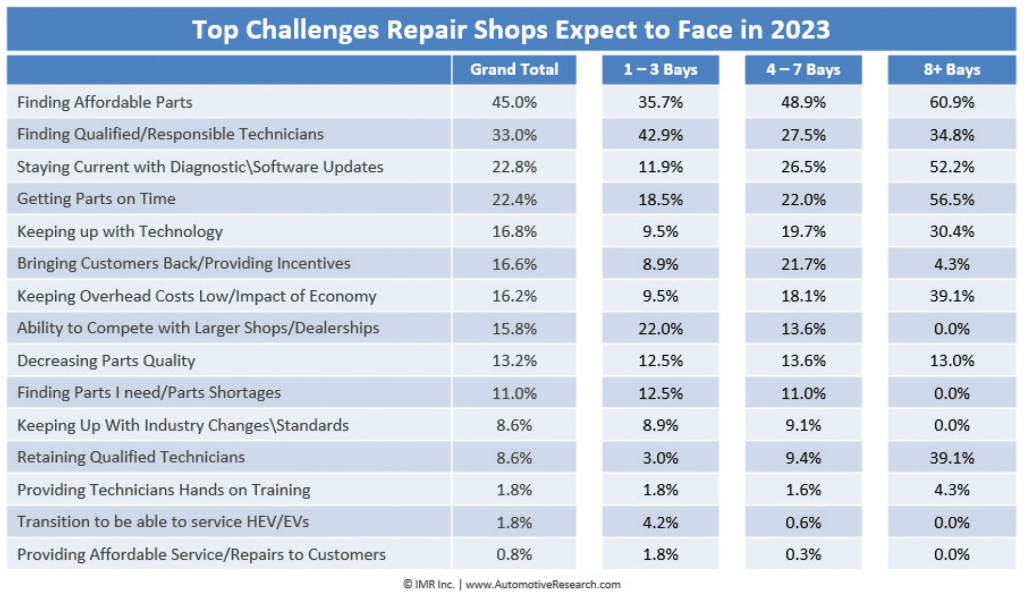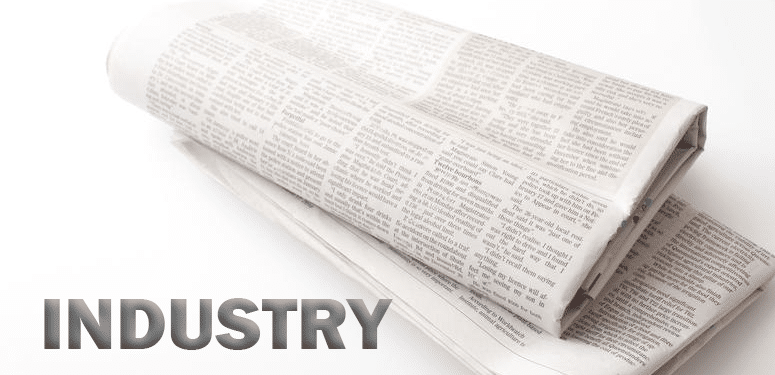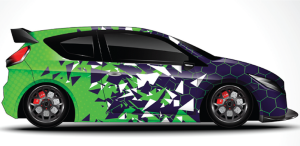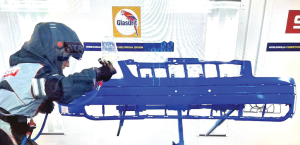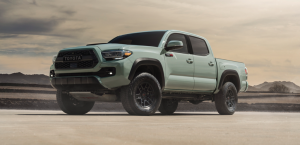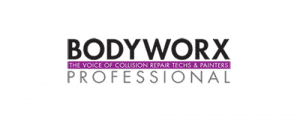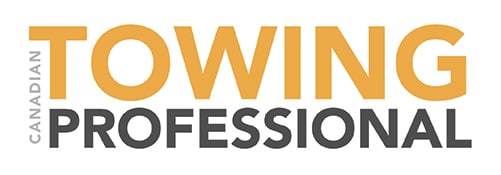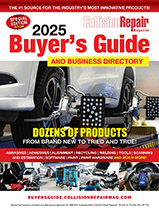REFINISHING REPARATIONS
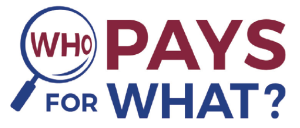
 Mike Anderson’s most recent “Who Pays for What” report has been released; this time with its sights set on the use of invoicing systems for material costs. This latest report from the CEO of Collision Advice builds off findings from a 2021 survey that found about half of bodyshops used a flat hourly rate model to bill for the cost of materials during refinishing work, while only about 19 percent used a materials calculator or invoicing system. According to Anderson, the portion of shops using these systems has remained largely unchanged, however, more than 40 percent of shops now report using a mix of flat rates and materials calculating, up from 32 percent in 2021. “I think this is due to the multiple increases in paint prices virtually all shops experienced since we last did this survey in January 2022,” he said. Results from this most recent survey showed that the most significant change was to payment for two-tone work, which experienced a 5.9 percent drop to a total of 75 percent of shops who report “always” or “mostly” being compensated for such work. “It would be interesting to know if [the compensation decline] is because shops previously included this under second colour set-up and now they separate it out, or if there is insurance pressure as part of virtual reinspections,” Anderson speculated. “All of the paint manufacturers have bulletins on the need to denib or finish sand or buff, often noting [as the AkzoNobel statement reads] that, ‘It is not likely that a repair can be made that is completely free of surface defects,’ and that it is [as the Axalta statement reads] ‘a normal and necessary operation for both OEM manufacturers and collision repair shops.”
Mike Anderson’s most recent “Who Pays for What” report has been released; this time with its sights set on the use of invoicing systems for material costs. This latest report from the CEO of Collision Advice builds off findings from a 2021 survey that found about half of bodyshops used a flat hourly rate model to bill for the cost of materials during refinishing work, while only about 19 percent used a materials calculator or invoicing system. According to Anderson, the portion of shops using these systems has remained largely unchanged, however, more than 40 percent of shops now report using a mix of flat rates and materials calculating, up from 32 percent in 2021. “I think this is due to the multiple increases in paint prices virtually all shops experienced since we last did this survey in January 2022,” he said. Results from this most recent survey showed that the most significant change was to payment for two-tone work, which experienced a 5.9 percent drop to a total of 75 percent of shops who report “always” or “mostly” being compensated for such work. “It would be interesting to know if [the compensation decline] is because shops previously included this under second colour set-up and now they separate it out, or if there is insurance pressure as part of virtual reinspections,” Anderson speculated. “All of the paint manufacturers have bulletins on the need to denib or finish sand or buff, often noting [as the AkzoNobel statement reads] that, ‘It is not likely that a repair can be made that is completely free of surface defects,’ and that it is [as the Axalta statement reads] ‘a normal and necessary operation for both OEM manufacturers and collision repair shops.”
COST CRUNCH
Automotive industry research firm IMR has released survey results from independent automotive repair shops, with nearly half of all shops expecting challenges sourcing affordable parts and a third expecting difficulties finding qualified and responsible technicians. This survey was conducted through January 2023 with 500 independent automotive repair shops across the United States, inquiring about the challenges they expect to see this year and in the near future. The most commonly reported issues of 2023 were finding affordable parts at 45 percent, finding qualified and responsible technicians at 33 percent, staying current with diagnostic and software updates at 22.8 percent, and getting parts on time at 22.4 percent. Parts sourcing and shortages as a reported issue fell to a reported 11 percent from 35.8 percent in 2022, while problems with customer retention fell from 31.8 percent in 2022 to 16.2 percent in 2023. However, finding affordable parts became a more common issue, rising from 35.8 percent in 2022 to 45 percent in 2023. Finding good, knowledgeable and motivated technicians had a moderate but steady increase, growing from 29.2 percent in 2019 to 33 percent in 2023.
